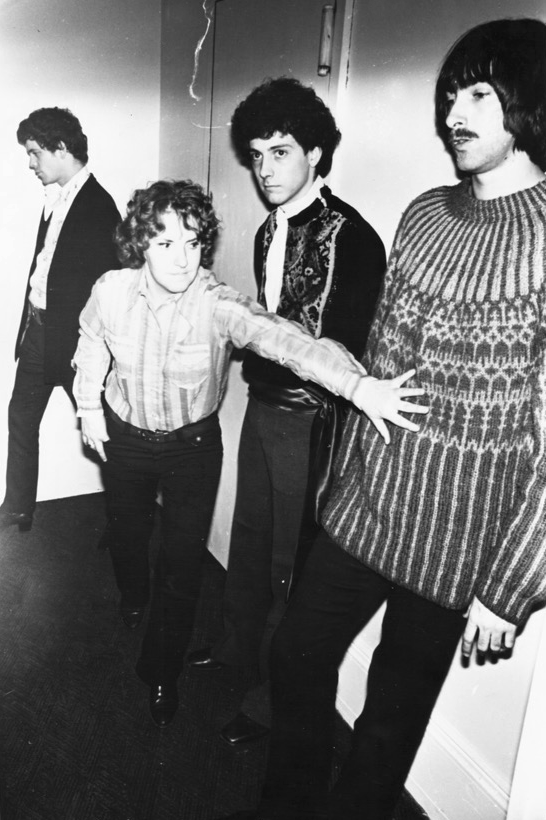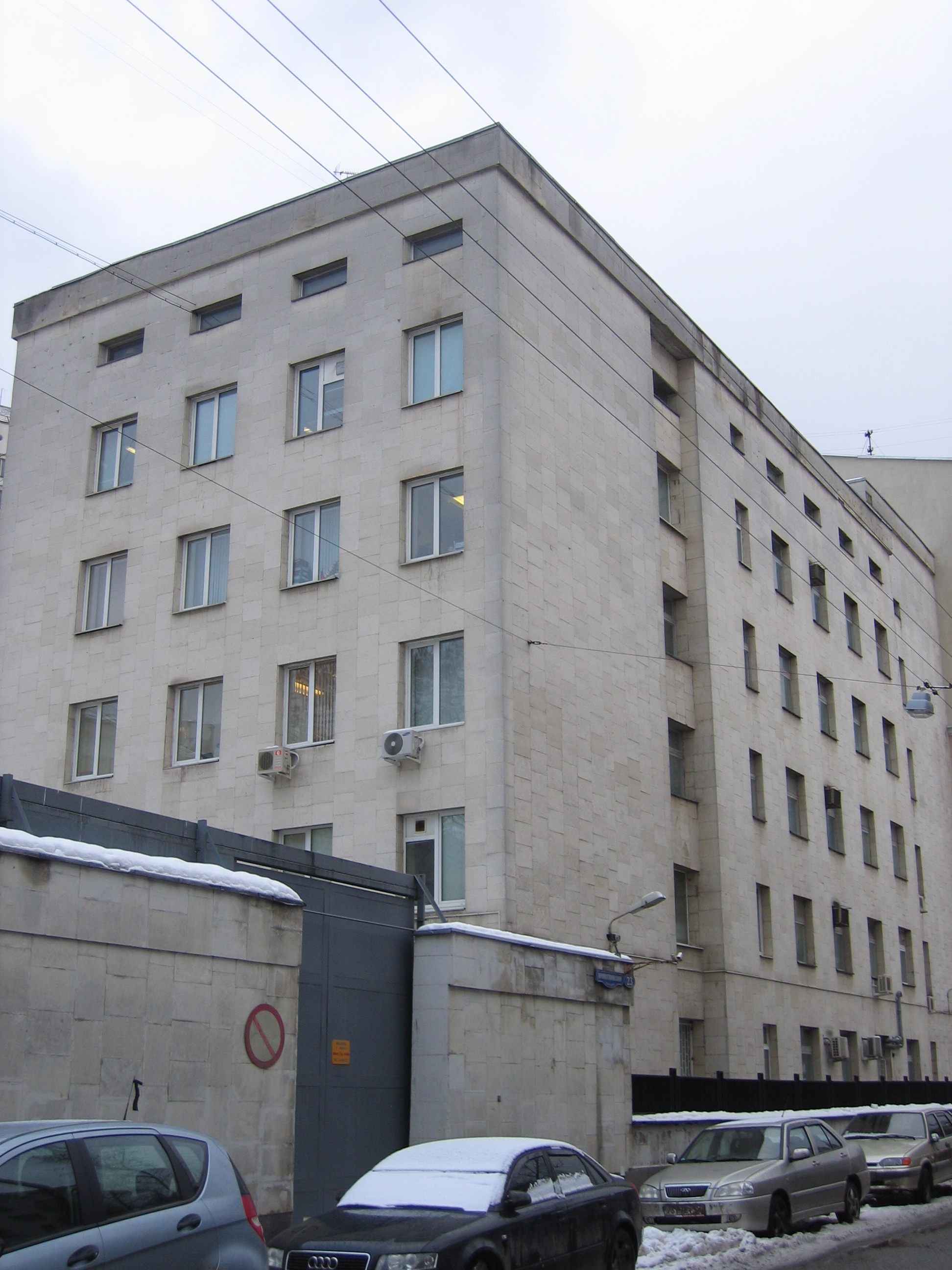|
Poganaya Molodyozh'
''Poganaya molodyozh'' (, ''Nasty/Filthy Youth'') is the first studio album by the Russian band Grazhdanskaya Oborona. The album was released in 1985. It was recorded concurrently with its follow-up ''Optimizm''. Even though the copyright date on the album states 1985, the album was recorded in 1988. There is a long and involved history as to why. The original versions of ''Poganaya molodezh'' and ''Optimizm'' were recorded in 1984 with Yegor Letov and Konstantin Ryabinov (Kuzya UO, ''Кузя УО'') and intended to be a Posev album. In late 1984, when the KGB found out about ''Poganaya molodezh'', the band was forcibly broken up; Kuzya UO was conscripted into the army and Letov was sent to a Political abuse of psychiatric treatment in the Soviet Union, mental asylum. Three months later, on 8 December 1984, Letov was released. The KGB ordered him to destroy the masters, but the albums were already circulating. In 1988, after Letov finished his army service, he decided to reconst ... [...More Info...] [...Related Items...] OR: [Wikipedia] [Google] [Baidu] |
Grazhdanskaya Oborona
Grazhdanskaya Oborona (Russian: Гражданская оборона, , Russian for ''Civil Defense'', or ГО, often referred to as ГрОб, Russian for ''coffin'') was a Soviet-Russian rock band formed by Yegor Letov and Konstantin Ryabinov in Omsk, USSR, in 1984. It was one of the earliest Soviet and Russian psychedelic/punk rock bands. They influenced many Soviet and, subsequently, Russian bands. From the early 1990s, the band's music began to evolve in the direction of psychedelic rock and shoegaze, and band leader Yegor Letov's lyrics became more metaphysical than political. History Formation and early years In 1982 the 18-year-old poet and musician Yegor Letov formed the band Posev (''The Sowing'', named after the official NTS magazine) with his friend Konstantin "Kuzya UO" Ryabinov. In 1984 Posev became Grazhdanskaya Oborona. The band was preparing to record an album, but their defiantly anti-authoritarian stance and overtly political lyrics made them an easy ... [...More Info...] [...Related Items...] OR: [Wikipedia] [Google] [Baidu] |
Punk Rock
Punk rock (also known as simply punk) is a rock music genre that emerged in the mid-1970s. Rooted in 1950s rock and roll and 1960s garage rock, punk bands rejected the corporate nature of mainstream 1970s rock music. They typically produced short, fast-paced songs with hard-edged melodies and singing styles with stripped-down instrumentation. Punk rock lyrics often explore anti-establishment and Anti-authoritarianism, anti-authoritarian themes. Punk embraces a DIY ethic; many bands self-produce recordings and distribute them through independent record label, independent labels. The term "punk rock" was previously used by American Music criticism, rock critics in the early 1970s to describe the mid-1960s garage bands. Certain late 1960s and early 1970s Detroit acts, such as MC5 and Iggy and the Stooges, and other bands from elsewhere created out-of-the-mainstream music that became highly influential on what was to come. Glam rock in the UK and the New York Dolls from New York ha ... [...More Info...] [...Related Items...] OR: [Wikipedia] [Google] [Baidu] |
Noise Rock
Noise rock (sometimes called noise punk) is a noise music, noise-oriented style of experimental rock that spun off from punk rock in the 1980s. Drawing on movements such as minimal music, minimalism, industrial music, and New York hardcore, artists indulge in extreme levels of distortion through the use of electric guitars and, less frequently, electronic instrumentation, either to provide percussive sounds or to contribute to the overall arrangement. Some groups are tied to song structures, such as Sonic Youth. Although they are not representative of the entire genre, they helped popularize noise rock among alternative rock audiences by incorporating melodies into their droning textures of sound, which set a template that numerous other groups followed. Other early noise rock bands were Big Black, Swans (band), Swans and the Jesus Lizard. Characteristics Noise rock fuses Rock music, rock to noise, usually with recognizable "rock" instrumentation, but with greater use of di ... [...More Info...] [...Related Items...] OR: [Wikipedia] [Google] [Baidu] |
Garage Punk (fusion Genre)
Garage punk is a rock music fusion genre combining the influences of garage rock, punk rock, and often other genres; the genre took shape in the indie rock underground between the late 1980s and early 1990s. Bands drew heavily from 1960s garage rock, stripped-down 1970s punk rock, and Detroit proto-punk; it also often incorporated numerous other styles into their approach, such as power pop, 1960s girl groups, hardcore punk, blues, early R&B and surf rock. The term "garage punk" often also refers to the original 1960s garage rock movement rather than the 1980s-90s fusion style. The 1980s-90s style itself is sometimes referred to interchangeably as "garage rock" or " garage revival". The term "garage punk" dates back as early as 1972 in reference to the original 1960s garage rock style, although "punk" as it is known today was not solidified as its own distinct genre until 1976. After the 1980s, groups who were labelled as "garage punk" stood in contrast to the nascent retro ... [...More Info...] [...Related Items...] OR: [Wikipedia] [Google] [Baidu] |
Optimizm
''Optimizm'' (, ''Optimism'') is the second studio album by Soviet/Russian punk band Grazhdanskaya Oborona. The album was released in 1985 and was recorded concurrently with its follow-up '' Poganaya molodyozh'''. The original versions of ''Poganaya molodezh'' and ''Optimizm'' were recorded in 1984 with Yegor Letov and Konstantin Ryabinov (Kuzya UO, ''Кузя УО'') and intended to be a Posev album. According to Letov, the two albums represented two parts of one big release and published together on a single tape. This tape was produced under the title "Grazhdanskaya Oborona" or "GO-85". The album was recorded in 1984/1985, but was re-recorded in 1988 by E. Letov and Kuzya Uo. Participants in the recording of the album in 1985 was Andrey Babenko (Boss), Oleg Ivanovsky and Valery Rozhkov, who played the flute in the song "Optimizm". The album is lighter and more lyrical in comparison with the debut album and made in the genre of post-punk and garage rock. The song "Sobaka", "Na na ... [...More Info...] [...Related Items...] OR: [Wikipedia] [Google] [Baidu] |
Political Abuse Of Psychiatric Treatment In The Soviet Union
There was systematic political abuse of psychiatry in the Soviet Union, based on the interpretation of political opposition or dissent as a psychiatric problem. It was called "psychopathological mechanisms" of dissent. During the leadership of General Secretary Leonid Brezhnev, psychiatry was used to disable and remove from society political opponents (Soviet dissidents) who openly expressed beliefs that contradicted the official dogma. The term "philosophical intoxication", for instance, was widely applied to the mental disorders diagnosed when people disagreed with the country's Communist leaders and, by referring to the writings of the Founding Fathers of Marxism–Leninism—Karl Marx, Friedrich Engels, and Vladimir Lenin—made them the target of criticism. Another common pseudo-diagnosis was "sluggish schizophrenia". Article 58-10 of the Stalin-era Criminal Code, "Anti-Soviet agitation", was to a considerable degree preserved in the new 1958 Russian Soviet Federativ ... [...More Info...] [...Related Items...] OR: [Wikipedia] [Google] [Baidu] |



